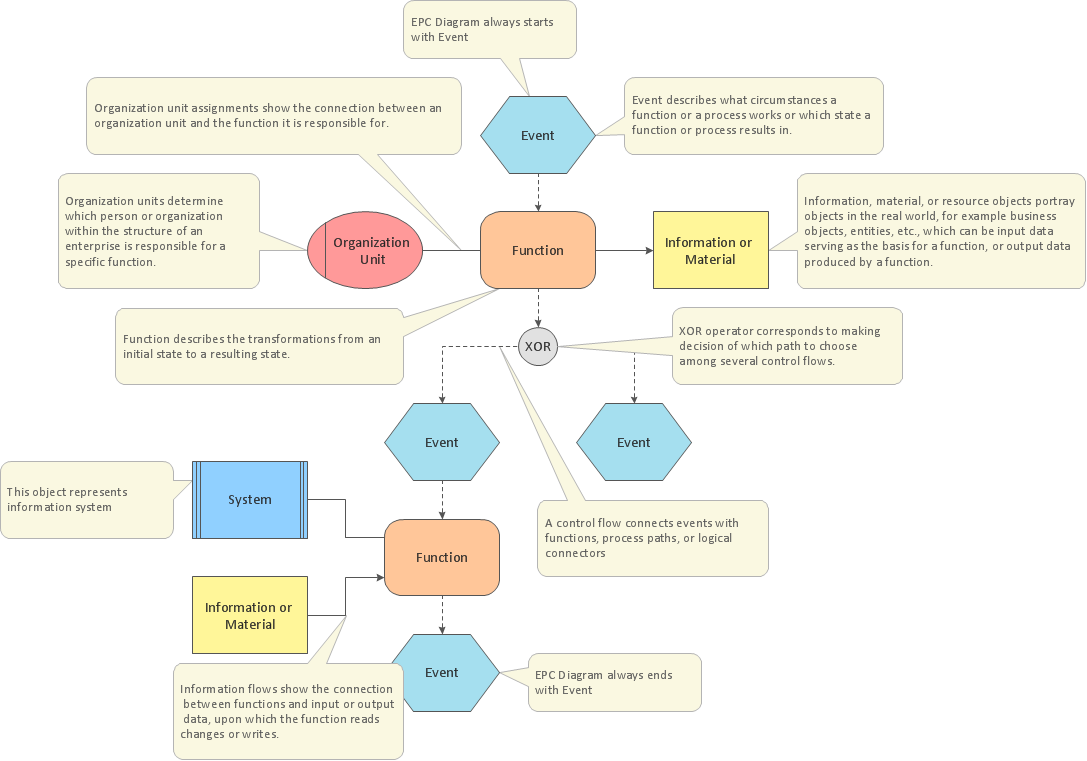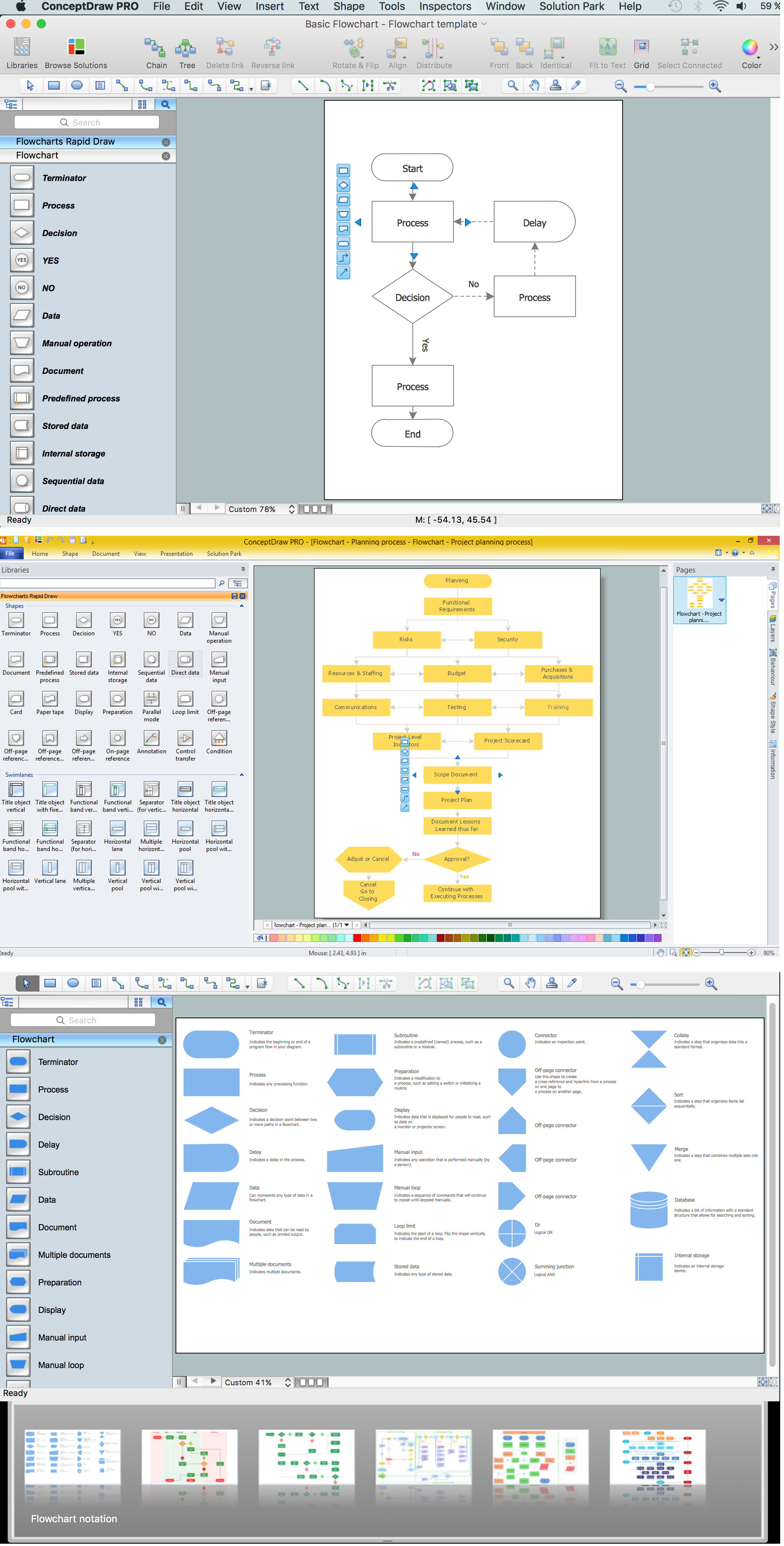

Besides the description, process modeling aims to enable company employees for a better understanding of operation workflow amongst each other and to streamline the process. These process models are used for analysis and improvement and executed for further optimization.

As-is model – represent current state of business process.īusiness process models are differentiated into two types So the focus should be on differentiating value-added activities and improve them to reduce cost and time efforts, and ultimately to make customer experience and service better. The output of any business process diagram is considered as an improvement opportunity for any organization in the way their operation works. For SAP PLM or any other management application, depending upon modeling objectives, different process perspectives are considered to select best suitable modeling methodology and a tool that can fulfill current and future business requirements.īusiness process modeling is a tool to describe the end-to-end business process and not a performance output. To get overcome the above problem, comparative analysis of most usable modeling techniques is required. There are many modeling techniques available in the market, and selection is not easy as the company needs to understand which technique is suitable for the business environment and most importantly it can be easily understood by company staffs.
#Business process modelling tools free full#
Hence, in order to get full benefits of process modeling, the employee should handle process modeling appropriately.

It is apparent that for the accomplishment of any process model, employees are the main reason. Nevertheless, process modeling requires a considerable asset in terms of suitable methodology, tool and lastly training guidelines to model any business processes. Nowadays, business process modeling has been considered as a fundamental approach towards process management that benefits organization to remain efficient and competitive in the dynamic market.


 0 kommentar(er)
0 kommentar(er)
